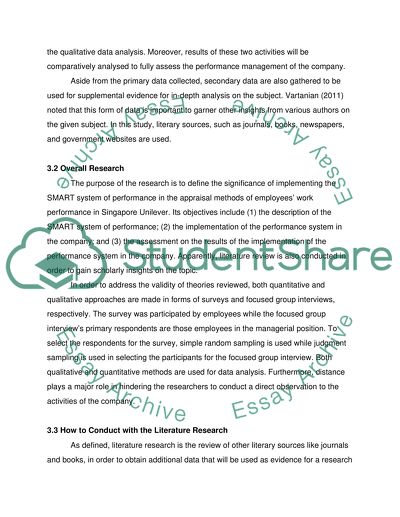Cite this document
(“An Investigation of Unilever Performance Management Assignment”, n.d.)
Retrieved from https://studentshare.org/marketing/1482223-marketing-research-project-in-hrm-topic-is-a
Retrieved from https://studentshare.org/marketing/1482223-marketing-research-project-in-hrm-topic-is-a
(An Investigation of Unilever Performance Management Assignment)
https://studentshare.org/marketing/1482223-marketing-research-project-in-hrm-topic-is-a.
https://studentshare.org/marketing/1482223-marketing-research-project-in-hrm-topic-is-a.
“An Investigation of Unilever Performance Management Assignment”, n.d. https://studentshare.org/marketing/1482223-marketing-research-project-in-hrm-topic-is-a.


